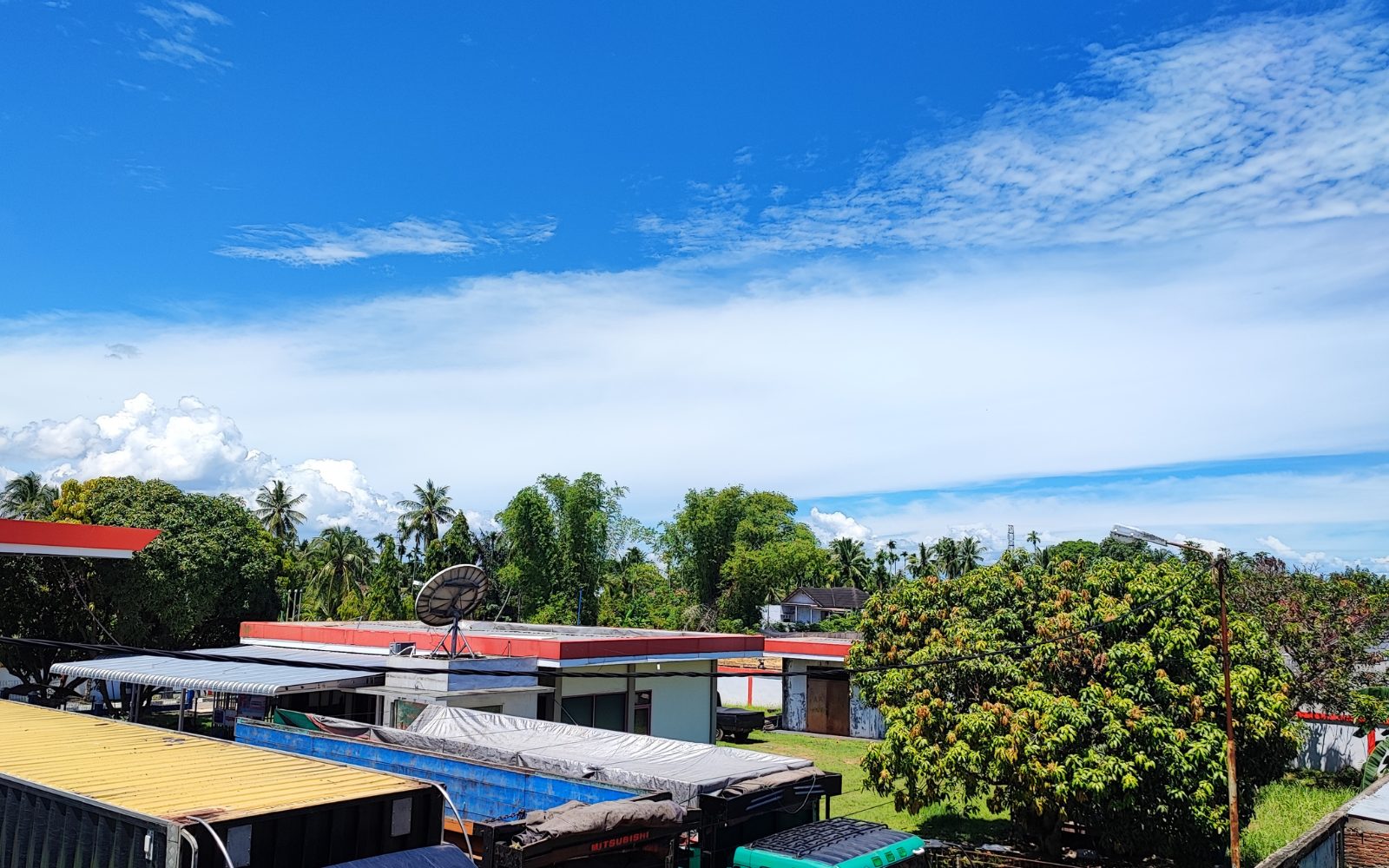Ozone (O₃) is a triatomic molecule consisting of three oxygen atoms and is known for its dual nature in the atmosphere. In the stratosphere, ozone plays a crucial role in absorbing harmful ultraviolet (UV) radiation, acting as a shield that protects living organisms from its detrimental effects. This protective quality helps reduce the risk of severe health issues, such as skin cancer and eye damage.
However, the story changes dramatically when we bring our focus down to ground level. Here, ozone becomes a pollutant with significant health impacts. Exposure to elevated concentrations of ozone, commonly generated as a byproduct of industrial activities or even at elevated temperatures during peak sunlight, can lead to serious health repercussions. Thus, while ozone serves as a protective agent in the stratosphere, at ground level, it becomes a foe wreaking havoc on respiratory health and contributing to various environmental concerns.
Identifying the Risks Associated with Ozone Exposure in Industrial Settings
In industrial environments, numerous factors contribute to the generation of ozone. Certain industrial operations can lead to the production of ozone, putting workers at risk if monitoring is inadequate.
Health risks associated with excessive ozone exposure are particularly troubling. Short-term exposure to ozone concentrations above a certain level can provoke coughing, throat irritation, and significantly exacerbate pre-existing bronchial asthma symptoms, increasing the burden on affected individuals. Beyond health concerns, ozone presents threats to industrial equipment. Its oxidative properties can degrade materials like rubber and plastics, leading to equipment failure and costly maintenance.
The integration of ozone air monitoring technology becomes vital in mitigating both health risks to workers and safeguarding industrial machinery from ozone-related damage. For effective monitoring, consider the GasD8000 Portable Gas Detector for flexible usage.
Implementing Effective Ozone Air Monitoring Strategies
Continuous ozone air monitoring is paramount for maintaining a safe workplace environment. It allows for responsive actions when ozone levels exceed safety thresholds, ensuring that workers are protected from the possible adverse effects stemming from ozone exposure. The Occupational Safety and Health Administration (OSHA) has established permissible exposure limits for ozone, emphasizing the need for diligence in monitoring atmospheric conditions in industrial settings. You can find further resources at the Main OSHA Home Page.
Additionally, regulatory bodies like the Environmental Protection Agency (EPA) set ambient air quality standards specifically designed to protect human health and the environment. These standards require vigilant monitoring of ozone levels to prevent non-compliance issues that could arise from exceedances. Proactive ozone monitoring not only helps organizations adhere to these regulations but also fosters a safer working atmosphere, enabling workers to perform their duties without the looming threat of ozone exposure.
In the next sections, we will explore the different technologies available for effective ozone gas monitoring, comparing portable and fixed detectors and outlining crucial features to consider when selecting monitoring equipment. By understanding these technological options, we can further reinforce the importance of consistent ozone air monitoring in protecting industrial workers. Stay engaged as we delve deeper into selecting the right tools and developing robust safety protocols in our industrial environments. Consider looking at the Interscans Product catalog for suitable solutions.
Selecting the Right Ozone Gas Monitoring Technologies for Industrial Use
When it comes to monitoring ozone in industrial settings, understanding the available gas detection technologies is essential. Various detection methods, including electrochemical sensors, semiconductor sensors, and UV photometric sensors, are employed to measure ozone concentrations accurately. Each technology has its strengths, but electrochemical sensors stand out with their high sensitivity and real-time data communication capabilities, making them a strategic choice for maintaining workplace safety.
When assessing whether to use portable or fixed gas detectors, consider each option’s application in real-world settings. Portable detectors like the GasD8000 Portable Gas Detector are ideal for on-the-go assessments and enable quick checks in multiple locations. In contrast, fixed detectors, such as the Accusafe Fixed Gas Detection System, provide continuous monitoring in areas identified as high-risk, ensuring immediate alerts if ozone levels surpass safety thresholds. Essential features to prioritize when selecting ozone monitoring equipment include sensitivity, response time, data logging capabilities, and integration compatibility with current safety systems.
Integrating Ozone Detection Systems into Industrial Safety Protocols
Integrating ozone detection systems into safety protocols involves comprehensive strategies that prioritize employee training and operational readiness. Training programs should educate workers about ozone hazards and detection technologies to enhance overall preparedness. Awareness of these factors significantly contributes to safer working environments.
To ensure effective implementation, establish best practices such as maintaining regular calibration schedules and conducting routine maintenance checks for all detection equipment. This will enhance the accuracy of ozone readings and foster trust in the monitoring systems. Successful case studies, particularly in sectors like water treatment and semiconductor manufacturing, illustrate how consistent monitoring prevents excessive ozone exposure, aligns with compliance regulations, and ultimately safeguards worker health.
Exploring Interscan’s Comprehensive Solutions for Ozone Gas Monitoring
As a leader in industrial gas detection solutions, Interscan specializes in ozone monitoring technologies, providing an extensive array of offerings tailored to various industrial needs. Their portfolio includes portable monitors that allow flexible usage in various locations and fixed detection systems ensuring continuous surveillance of ozone levels in critical areas. Interscan’s products, equipped with advanced electrochemical sensors, can detect ozone concentrations, meeting stringent industry standards.
This innovative technology empowers professionals to address ozone-related challenges effectively, providing reliable tools for enhancing workplace safety. By adopting Interscan’s advanced detection solutions, companies can better protect their workforce from hazardous ozone exposure, adhering to regulatory standards while fostering a culture of safety and compliance in the workplace.
Addressing ozone safety in industrial settings necessitates a comprehensive approach through effective monitoring technologies, robust training, and the integration of advanced detection systems. By utilizing reliable solutions like those provided by Interscan, industrial workers can ensure a safer and healthier work environment. For further inquiries, you can Request a quote from Interscan.


